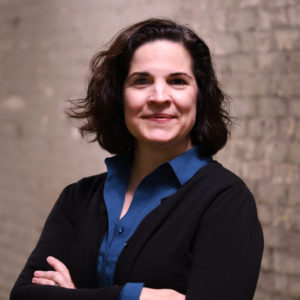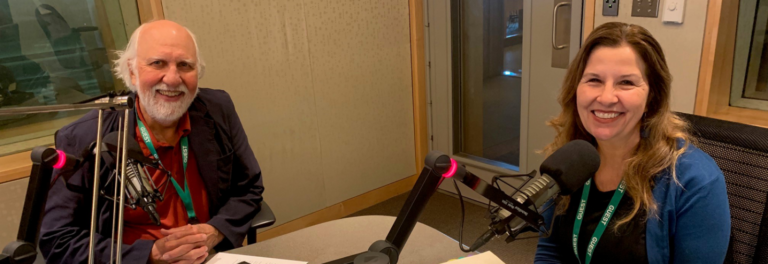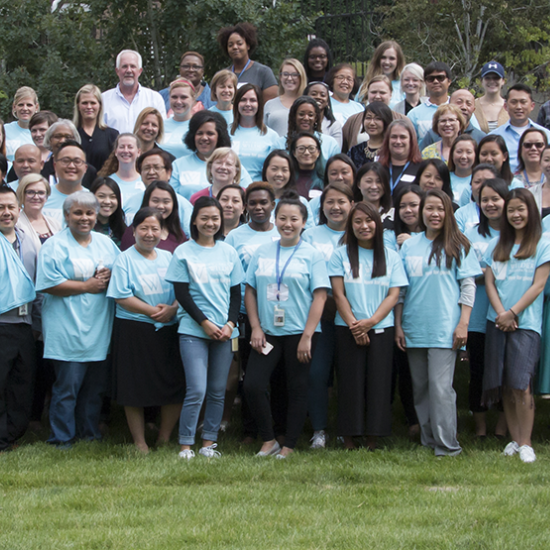In the last 5-10 years, artists and arts organizations have been asked more and more to “show the impact” of their art. As an arts researcher at Wilder Research, I help artists and arts organizations describe and measure the impact of their work.
Evaluating the Arts Can be Difficult – But it’s Possible
Evaluating the arts starts by outlining the work and its expected goals or impacts. This is called a theory of change and identifies the artist’s theory of how their work brings about change in the world.
Developing a good theory of change can be challenging for artists or arts organizations because their impacts are often complex and nuanced. The impacts of an arts program might be increased social connectedness or a deeper understanding of one’s values. Impacts like this can be hard to measure, but it can be done! For example, to measure social connectedness, we might ask audience members about their connection to who they came with or whether they met someone new at an arts event.
To ensure a theory of change will be useful, I always begin by talking in-depth with artists and arts organizations about how to define and track impacts that meaningfully measure their work. Second, I review how other arts researchers evaluate similar arts programs, and share what I learn with the artist or arts organization that I’m working with. Third, I talk with important stakeholders of the program – such as audience members, funders, and artists that have worked with the program – so that I have a solid understanding of the program and its impact.
The Utility of Theater Mu’s Theory of Change
Theater Mu and I recently developed a theory of change together, which you can view here. Theater Mu is a Minnesota theater company that celebrates and empowers Asian Americans through theater. I asked Theater Mu’s artistic director Randy Reyes and managing director Shannon Fitzgerald about why they wanted to make a theory of change for Theater Mu.
Hey, Randy and Shannon! Why is this theory of change a useful tool for Theater Mu?

Randy Reyes, Artistic Director
“There are so many things about producing theater that is amazing! We get to tell untold stories and share them in a live format where both performer and audience are breathing the same air. We get to build community by lifting up a mirror to humanity in a safe and inclusive space. We get to practice compassion toward those that don’t look like us or sound like us or believe in the same things that we do. We know that Theater Mu makes an impact in our community because we can feel it and those who participate have told us about it, but how can we measure that impact? This tool is a wonderfully clear and thoughtful way of telling the story of our impact and we are so grateful to have gone through the process.”

Shannon Fitzgerald, Managing Director
“One of the difficulties of running a theater, particularly one that works with underserved communities around social justice issues, is that it is difficult to truly understand and then communicate the impact we have. We know firsthand that theater impacts lives and empowers our community, but rarely have specific information to share. This document, paired with all of the individual stories that we have to share, allows us to talk about Mu more effectively to stakeholders. It was also very useful for us to see how we are perceived by such a cross-section of our community. We learned that we haven’t shared a full picture of our work with our constituents, and this gives us the ability to be better at sharing those pieces that are often missed.”
Want to learn more?
If you want to learn more about measuring the impact of your art, join Wilder Research on July 10 for Valuing the Arts: Evaluation Tools for Arts Practice. This 3-hour training showcases practical approaches for incorporating evaluation into your arts practice.
Photos courtesy of Theater Mu






